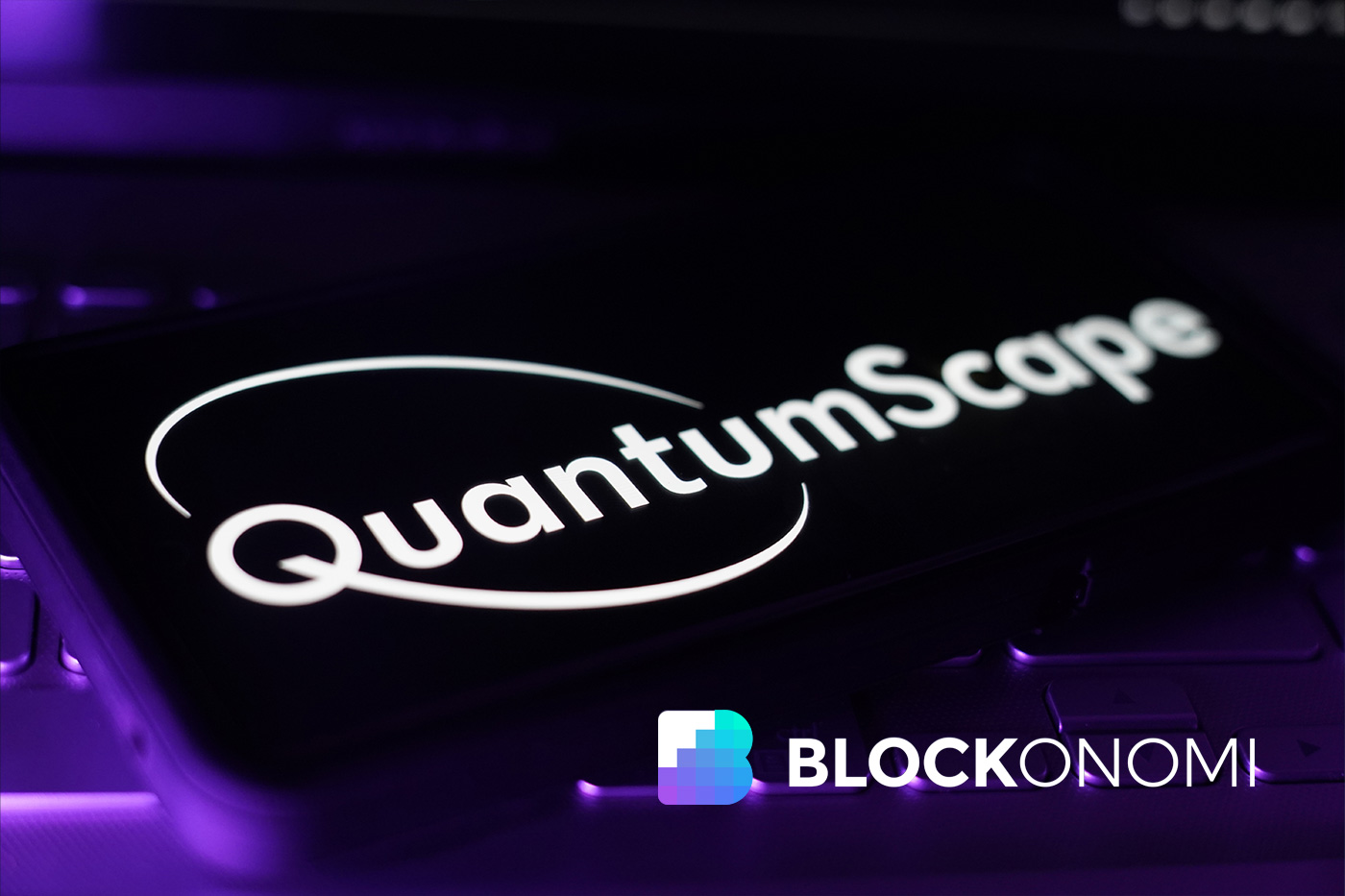TLDR
- QuantumScape posts $105.8M Q3 loss as rising R&D and scaling costs pressure financials
- Stock tumbles 12.5% to $13.58 as investors react to deepening quarterly losses
- Solid-state battery push drives heavy spending despite lower capex guidance
- Strong $1B liquidity cushions losses but delays path to profitability
- New Corning and Murata partnerships boost long-term solid-state battery ambitions
QuantumScape stock closed down 12.5% at $13.58 after reporting a $105.8 million net loss for the third quarter. The sell-off came despite the company narrowing its loss from $119.6 million in the same period last year.
Investors focused on the company’s continued cash burn rather than its operational improvements. The stock decline reflected concerns about the timeline to profitability.
The battery developer recorded $114.9 million in total operating expenses during Q3. This marked a decrease from $130.2 million a year earlier but remained substantial for a company in early-stage commercialization.
Research and development costs accounted for $92.1 million of the total. General and administrative expenses came in at $22.9 million for the quarter.
QuantumScape’s adjusted EBITDA loss reached $61.4 million in Q3. The company pointed to equipment investments and ecosystem partnerships as major expense drivers.
The negative operating performance continued to pressure investor sentiment. Market participants appeared less patient with the prolonged path to commercialization.
Solid-State Battery Development Requires Heavy Investment
The company is pushing forward with its QSE-5 battery technology. QuantumScape shipped its most advanced cells to date, the Cobra-based QSE-5 B1, during the quarter.
These cells are being field tested in Ducati’s V21L racing motorcycle. The deployment marks a key step in real-world validation of the technology.
QuantumScape is installing the Eagle Line at its San Jose headquarters. This highly automated pilot line aims to support higher-volume production capabilities.
Capital expenditures totaled $9.6 million for the quarter. The company lowered its full-year capex guidance to $30-$40 million due to adjusted timelines and improved efficiency.
COO Luca Fasoli emphasized the company’s commitment to commercialization. “We are working together with our partners to bring our groundbreaking solid-state lithium-metal battery technology to market as quickly as possible,” he said.
The firm extended its commercial ecosystem through new collaborations with Corning and Murata. These partnerships focus on strengthening ceramic separator capabilities and supporting global battery demand.
Strong Balance Sheet Provides Extended Runway
QuantumScape ended Q3 with $1.0 billion in liquidity. This included $225.8 million in cash and equivalents plus $777.9 million in marketable securities.
Total current assets reached $1.02 billion. Management says this liquidity extends the company’s cash runway through 2030.
The company generated $285.5 million in financing inflows during the quarter. This included a $267.6 million equity raise completed before its shelf registration expired.
Total liabilities dropped to $127.5 million from $164.5 million in the prior year. Long-term liabilities decreased, though lease obligations and other liabilities remain on the books.
For the nine months ended September 30, QuantumScape recorded a $334.9 million net loss. This remains a critical concern for analysts tracking the company’s progress.
Revenue generation continues to lag behind expectations. The company is still transitioning from development to licensing and commercial-scale production.
The market reaction suggests investors may be reassessing their timeline expectations for breakeven. The combination of limited revenue and continued high expenses creates an uncertain outlook for near-term profitability.
QuantumScape shipped advanced battery cells and expanded its partnership network during Q3 while maintaining over $1 billion in liquidity to fund operations through 2030.






